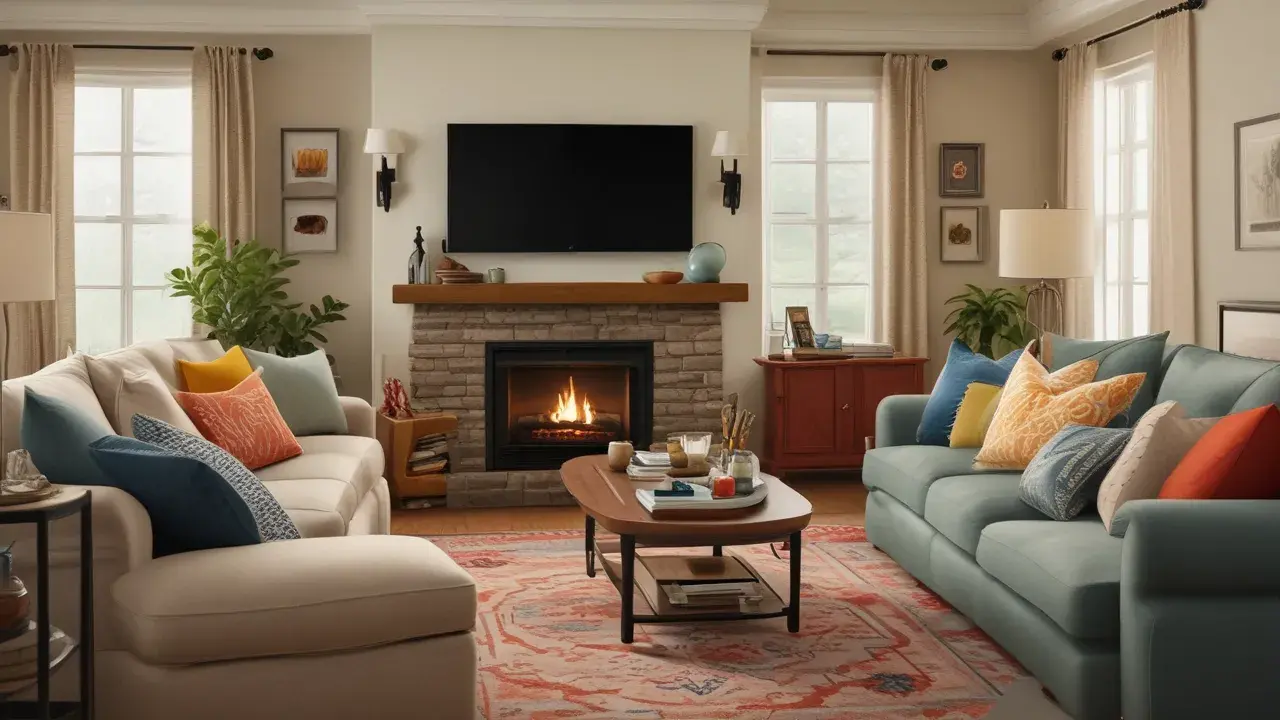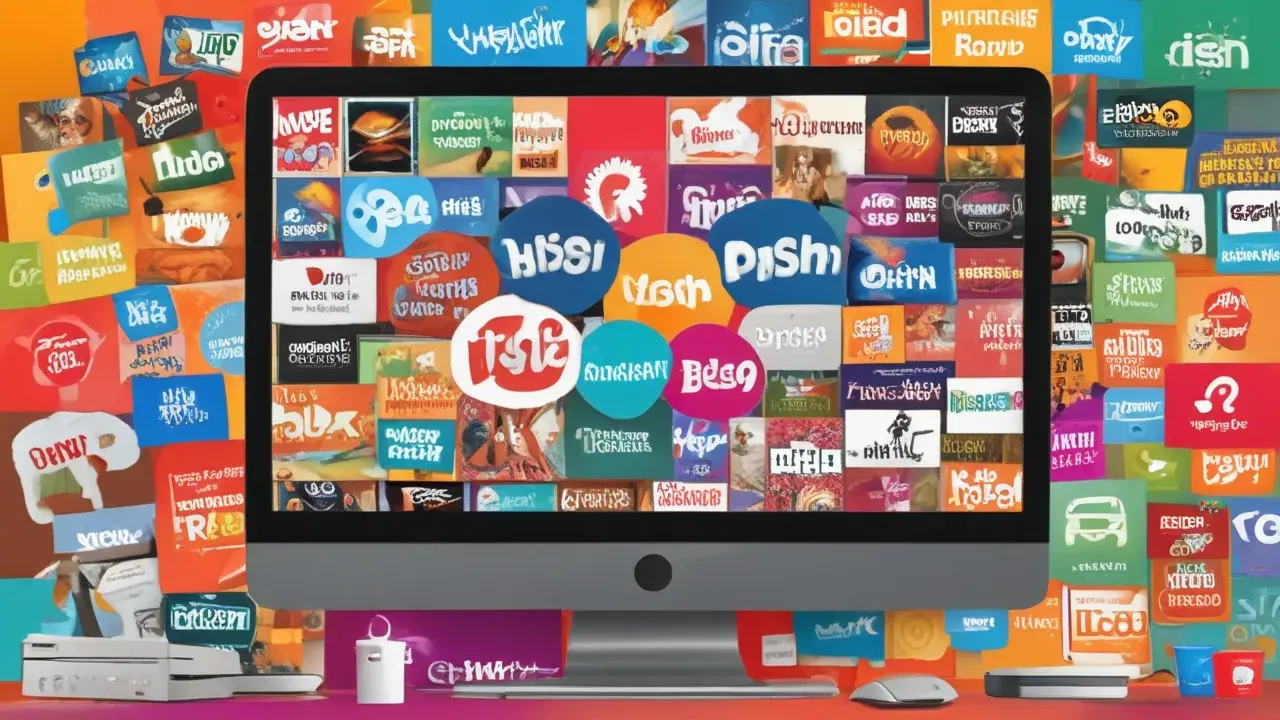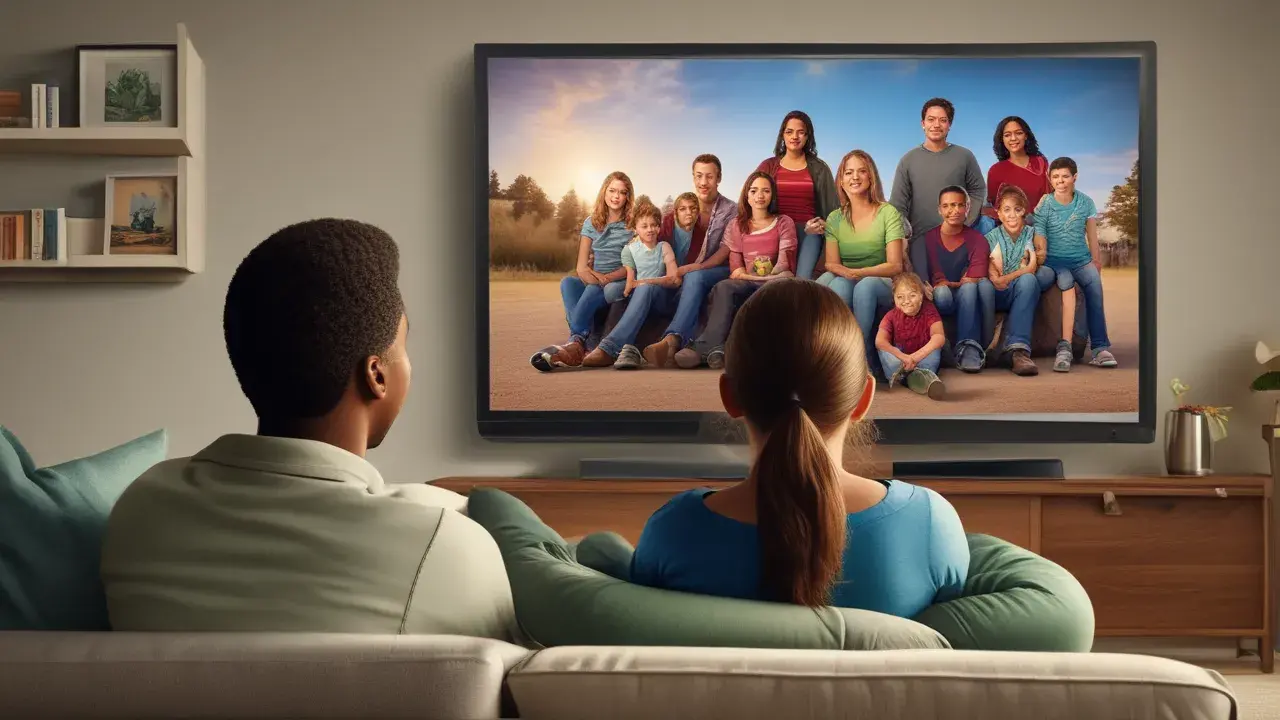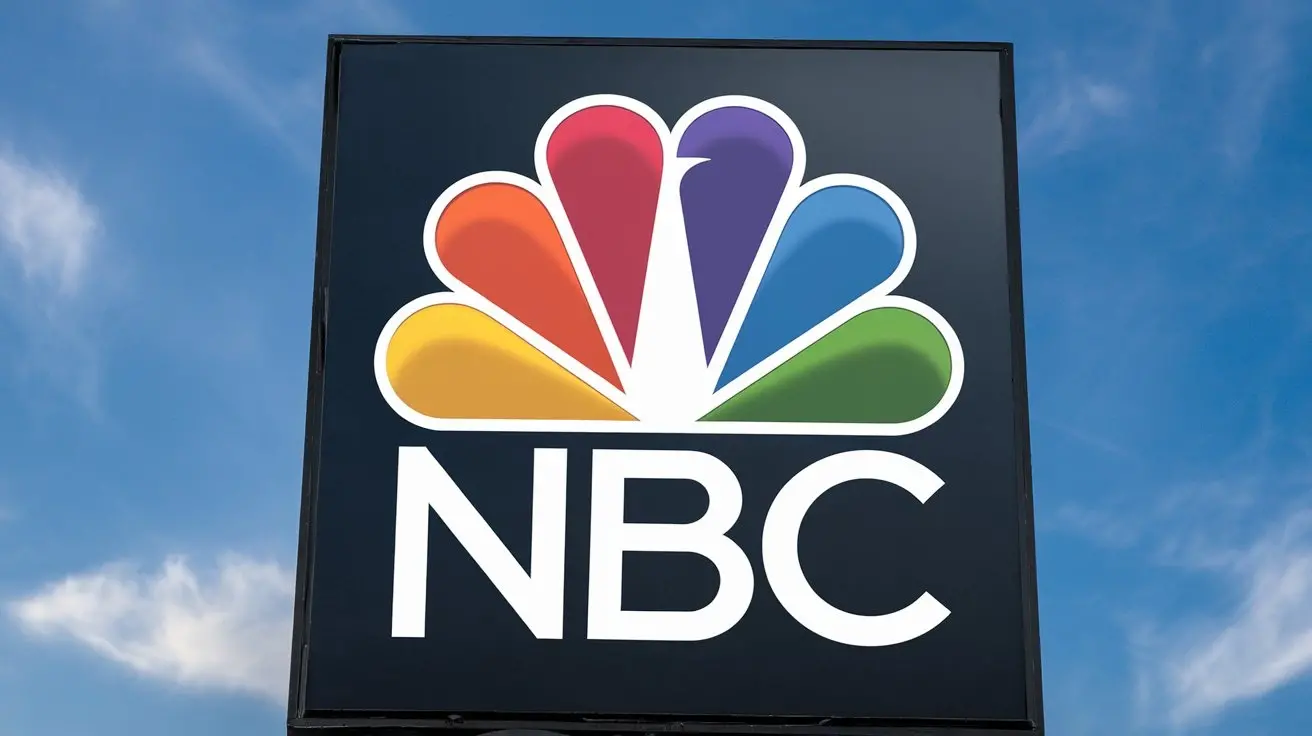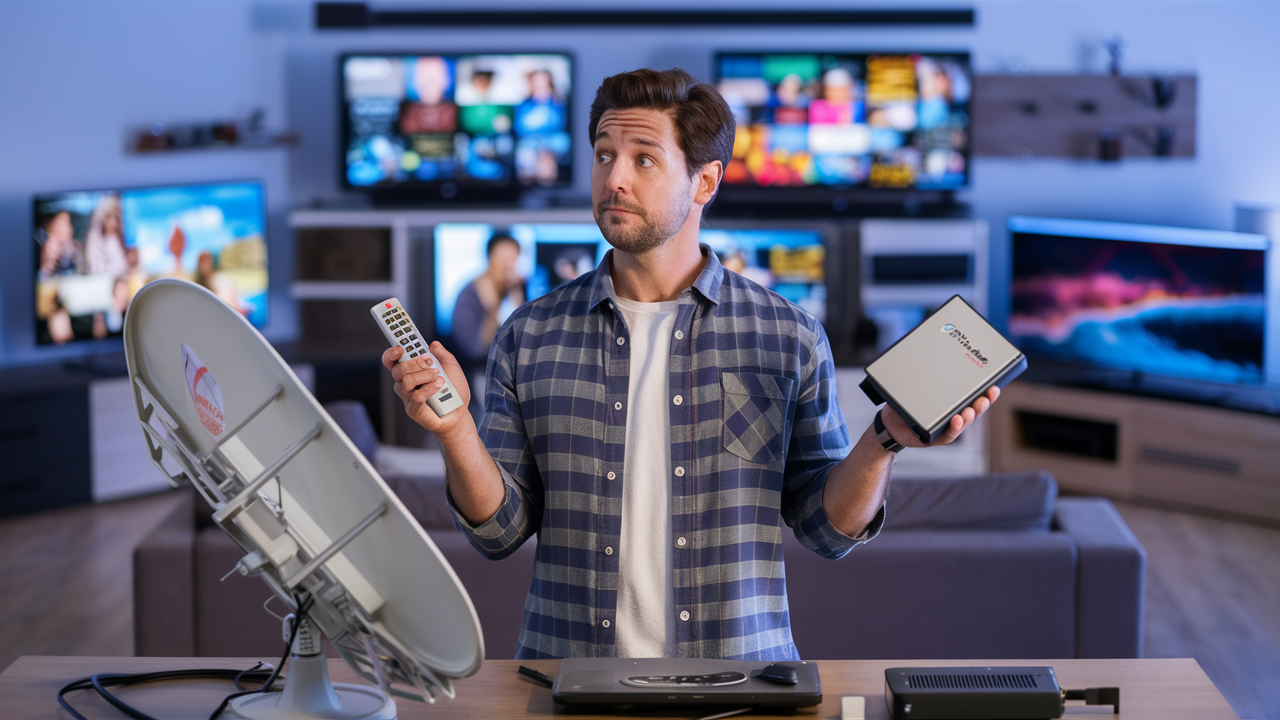
Still, you may be wondering how many TVs you want to connect the Dish satellite TV service to. For example, with proper equipment installation, you can have several TVs in your home connected to a single Dish account and satellite dish. What follows is a summary of things you should know.
The Basics
Dish receivers and DVRs assist you in transmitting the satellite signals in your home to other TVs. While it is rare, most Dish receivers come with either one or two TV outputs available for use. For additional TV connections, you would require extra devices and cables to complete the hookup.
To successfully view Dish programming on TV, all TVs that are connected should be able to access Dish programs with the correct configuration. It is important to note that Dis has the capability of bringing out different channels and shows using a single Dish subscription and satellite dish at the same time for every television.
Equipment Needed
The equipment you’ll need to hook up multiple TVs to Dish includes:
- Satellite Dish – It is responsible for receiving the signals from Dish satellites, which are permanently stationed in orbit.
- Coaxial cables – These are used to move the signal from the dish-to-dish receivers. You’ll need cables long enough to reach from the satellite dish to all points where you want to locate a Dish receiver.
- Splitters – This is used as a signal distributor since it splits the received satellite signal into two or more directions depending on the number of receivers required. The number of these output ports must be equal to the number of receivers that you want to accommodate.
- Dish Receiver or DVR – Offers the menu that enables the viewer to interact with the Dish content, guide information, and decryption. For any other TV, you will require one more receiver which will make the total number of connections to the TV equal to the number of additional receivers. Add flexibility by allowing customers to mix and match standalone receivers with Hoppers, Joeys, and Wallys.
- More TV connections – According to your wiring configuration, you can wire more TVs to the Dish receiver TV outputs via HDMI, component video, and other composite video or coaxial inputs. If your TVs are located quite a distance away from the receivers, then the signals will have to be distributed over long cables.
Number of TVs Supported
The majority of Dish setups can accommodate around eight television connections through the employment of further receivers and cable-related accessories including splitters and distribution amplifiers. But as a matter of fact, there are no restrictions concerning the number of connected TVs set by Dish explicitly; you can connect any number of TVs that you want provided only that your coaxial wiring network allows this.
New in the Hopper line, Dish says it is possible to network up to 16 TVs in a whole-home application using Hopper and Joey devices. It is up to technical details such as the limit in length of coaxial cables and the signal strength of the receivers than a limit decided by Dish.
But in the largest residential installations, integrators have activated more than 30 TV sets under one Dish account using an enterprise-level satellite distribution throughout the premises. Restaurants, hotels and bars, hospitals, and many other commercial places also have 30+ TVs which are connected to a single commercial DISH subscription.
How Many TV Outputs are on Dish Receivers?
Dish receivers and DVRs provide either one or two TV outputs to directly connect televisions:
- Hopper, Hopper Duo, Hopper with Sling – Two TV Hooks
- Wally: 1 TV cable
- Joey – Either one or two TV connections if the model requires it.
- VIP 722 622 - 2 TVs
- VIP 222 k, 211 z, 211 – 1 TV connection
For instance, to connect four TVs, you should use one Hopper or Wally and two Joeys at least. Or two VIP 222 or 211 receivers, These are some of the premium features that are available in this system. Choose your models according to your preferences, necessities, or both.
Employment of Direct Outputs Together with a Distribution System
For easier, less comprehensive systems, you can connect some TVs via direct receiver outputs and distribute the satellite signal to more TVs over coaxial cable.
For instance, you can plug in two TVs directly into the Hopper Duo and then use a splitter that has two outputs so that the signal can be connected to two other rooms, thus making it possible to connect four televisions in total.
As you add more and more TVs, you will have to move to a more complicated distribution system from simple splitters and coax. Amplifiers, taps, and home run wiring are other solutions adopted by integrators to interconnect more numbers of TVs in extensive premises.
Whole-Home HD
On the same note, a strength that Hopper and Joey have over other systems is that it has compatibility with Dish’s Whole Home technology; HD. This offers full high-definition video to each connected TV depending on the number of the set-top boxes and the older devices will only allow you to have high-definition video on the primary set-top box.
With standalone VIP DVRs and receivers, the best you can get is HD on the primary DVR with the second DVRs showing SD video based on the down-conversion. That’s also something to look at when it comes to Hopper, right?
Using Multiple Dishes
Sometimes in the older structures, for the reception of all the necessary Dish programming, installers had to utilize several dishes oriented towards different satellites.
In cases where a dwelling has multiple dishes on the roof, the easiest way to go is to combine the dishes and replace them with a Dish 500+ Eastern Arc dish with more power. This receives all satellite locations from one dish.
If that is not possible and you do need two dishes you would need a multi-switch that with the signals lets you distribute programmed throughout the house. This may result in a lack of ability to get 4K programming on new Hopper systems.
College Dorm Setup
As we found out of Dish officially, a college student living in a dorm is allowed one receiver authorization per account. However, it is possible to install a stand-alone receiver in a lobby or other similar area but this device does not require connecting to a phone line or the internet. Other students could then directly connect their TV in their dorm room to distribute the signal, Using this approach, students could easily organize themselves to share the signal among their rooms in the dorms.
However, I just wanted to remind you that this is against the norm of Dish policy and the main receiver should stay on to still be able to receive services.
RVs and Tailgating
Feeling adventurous and want to take your Dish subscription in your car or while camping? Specific satellite TV dish receivers such as Hopper 3 can certainly do the job of delivering the satellite TV signal wherever the dish has to be installed with the right alignment.
As an in-motion satellite dish, one can use it in an RV. In this case, Dish provides the best solution to the problem in the form of a Tailgater Portable Satellite system. The tailgater can power one main receiver, along with distribution to two additional TVs.
You will only need the right receivers, dish equipment/cabling, and splitters to get the signal to your desired location. An RV or tailgate usually accommodates a range of 4-8 television connections depending on the tools used.
The only difference that Dish has over cable is that you could take your subscription with you since they deliver through satellite as in cable. Get it linked to a compatible dish, and you are set for mobile television.
Ready to upgrade your TV experience? Call us now at (877) 471-4808 to find the perfect Dish Network plan for you! Don’t miss out on great entertainment—our team is here to help you choose the best package and get you started today.

